Top 10 Roses for 2022
Top 10 Roses for disease-resistance, fragrance, and repeat blooming
Even though I am nuts about Roses, I am also discerning. When choosing which cultivars we carry, I select based on disease-resistance, fragrance, and repeat flowering. I exclude any variety with low scores in those categories. I also favor Roses that are good for cut flowers. We have a lot of choices for 2022, and you can’t really go wrong with any of the varieties that we stock Since I am just bananas about Roses it is really hard for me to pick only 10 to name as my favorites. I will confess: I am making a whole new garden bed so I have room for this year’s irresistables!
Brandy
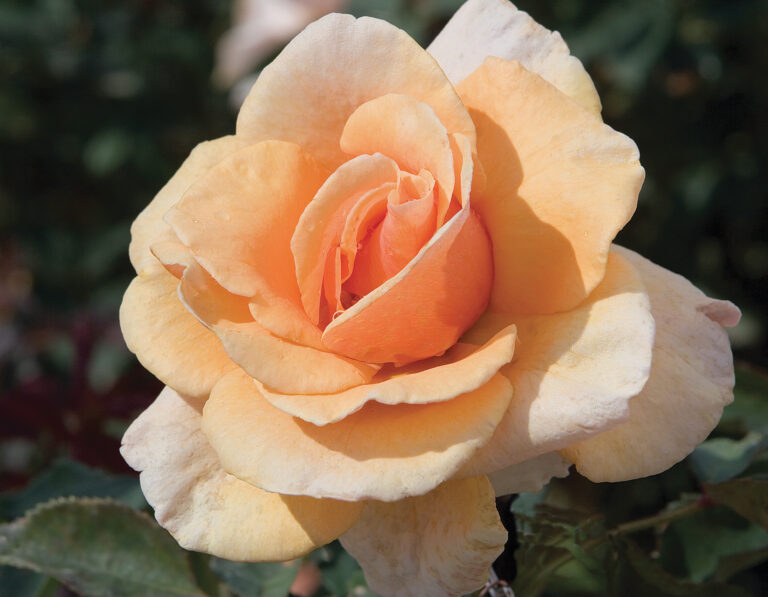
Since I grow Roses for flower arranging, I cannot resist this old favorite. I love the rich apricot color that works so well with many color schemes, and the stem length makes it easy to use these fragrant flowers. This AARS winner performs best once established and has good disease resistance. It is a large plant (4’ – 6’ tall and 2’ – 3’ wide) with large blooms.
Colette (Climbing)
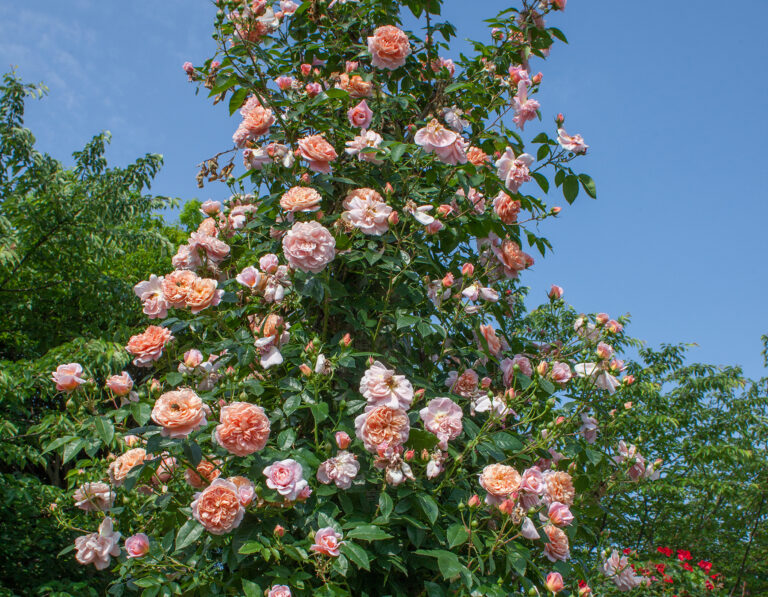
This climber gives us the best of the old-world looks – full and fluffy – with modern (excellent!) disease resistance and performance. Her blooms of pinkish-peach have an intoxicating citrus scent – just heavenly! Give this one some room; she grows 8’ – 10’ tall with a spreading habit.
Dee Lish
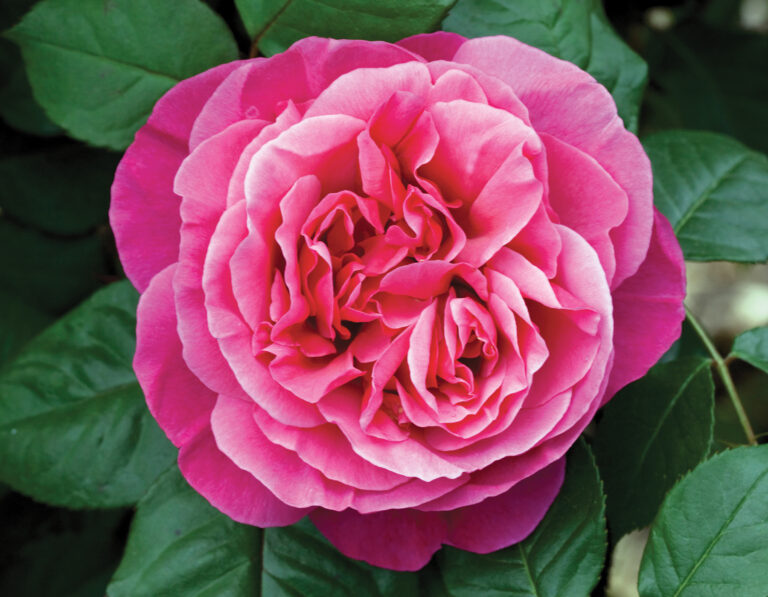
This Rose has won multiple awards for disease resistance, so that always puts a plant on my short list. But even more – the pink blooms are packed with petals and hold their strong color. The fragrance is outstanding, and you’ll be thrilled to know it is a great cut flower too! This is a big, very upright hybrid tea that can grow up to 6’ tall.
Earth Angel Parfuma
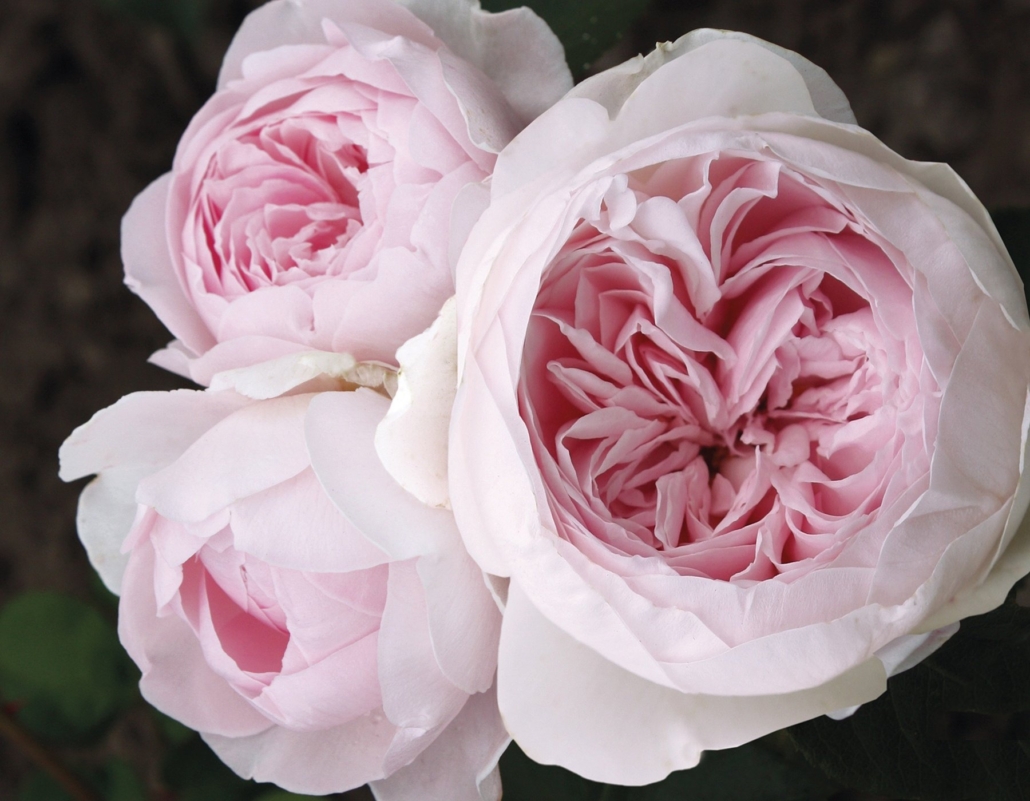
If you can’t get enough of Peonies then you will love this Rose! The blooms are voluptuous and a most romantic shade of blush pink with a classic Rose fragrance. It offers award-winning disease resistance and has outstanding vigor. This one will earn her keep in your garden! Though a hybrid tea, this plant is fairly bushy and can grow 5’ tall and 4’ wide.
Fiji Eleganza
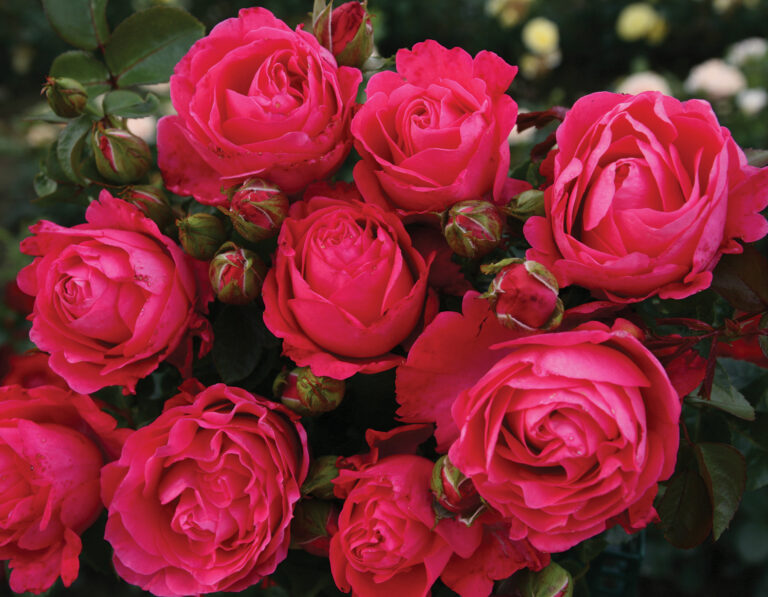
This is a robust hybrid tea rose with multiple blooms of a vivid cherry pink. You’ll pick this bloom when you are looking for some va-voom in your life!! It is an easy-care plant with outstanding disease resistance, strong stems, and is a reliable repeat-bloomer. You don’t need a load of room for this 4’ x 3’ grower.
Florentina Arborose
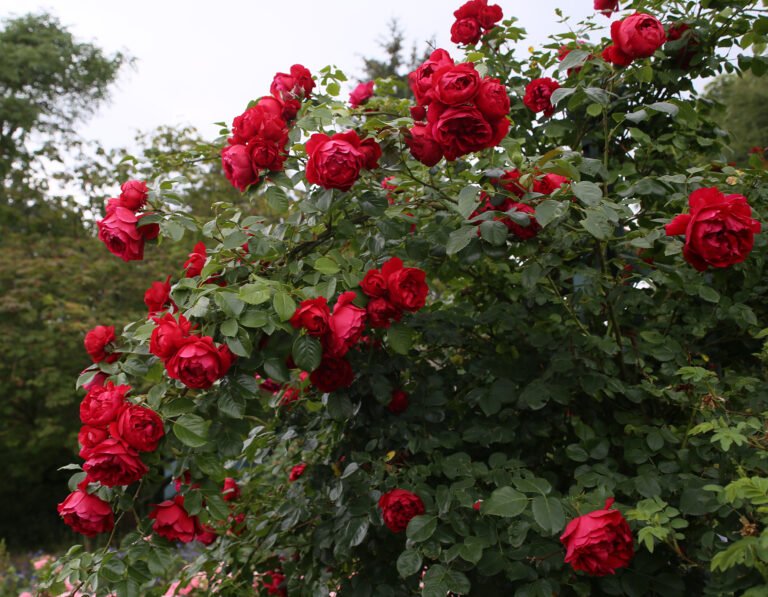
This is a compact climber (7’ by 3’), a modern plant with a strong sense of nostalgia with clusters of classic red blooms. It has award winning disease resistance and is a repeat bloomer. The lush green foliage will be an asset in the garden!
Intrigue
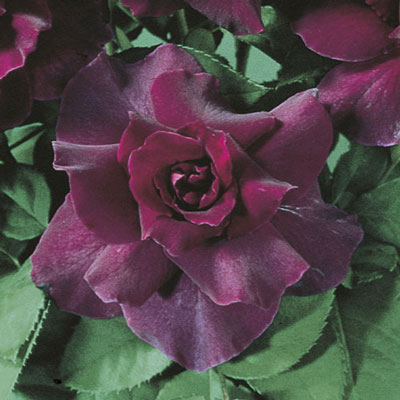
This big bushy rose (5’ by 30”) will intrigue your eyes with its captivating, unique shade of mauve-plum, and your nose with its strong citrusy-rosy fragrance. It is an AARS winner with good disease resistance which means that the foliage should stick around and be an attractive feature on this plant.
Moonlight Romantica
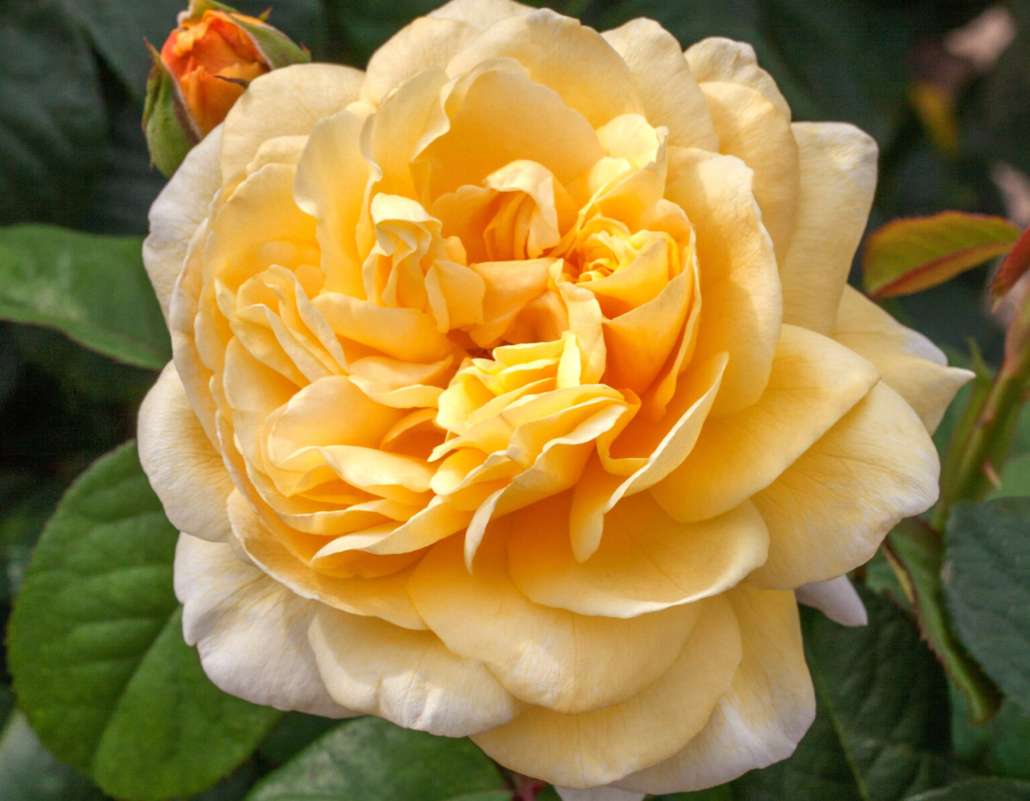
If you love yellow, then this big bushy rose will be an asset in your garden. It offers fragrant, fluffy butter-yellow blooms that have a sweet, honey-like fragrance. Excellent disease resistance and repeat bloom. 4’ – 6’ tall by 3’ – 4’ wide.
Tequila Supreme
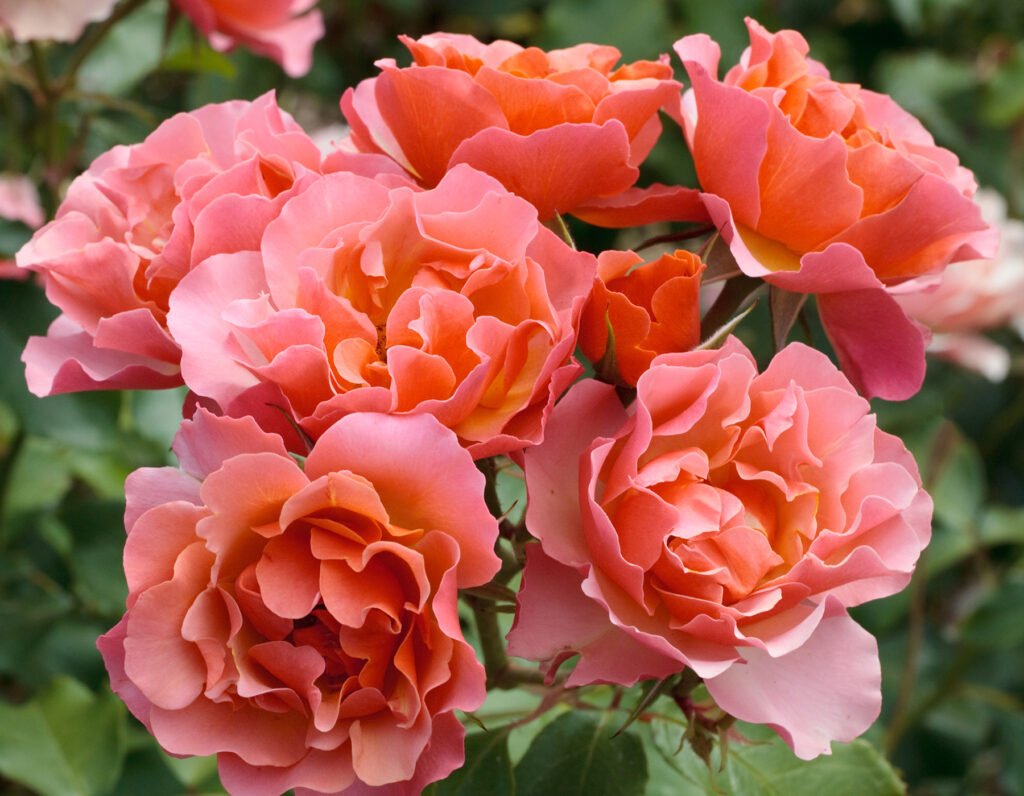
Don’t think less of this Rose just because it sounds like a cocktail that would be served at Taco Bell! This excellent variety is not only an AARS winner but it won the American Rose Trials for Sustainability. This means it is a disease-resistant, easy-care plant! What’s more is the blooms are showstoppers. The ruffled, scalloped blooms are so intriguing and the color is a juicy blend of copper, apricot, pink and orange. And of course, it is a repeat bloomer.
White Eden Climber
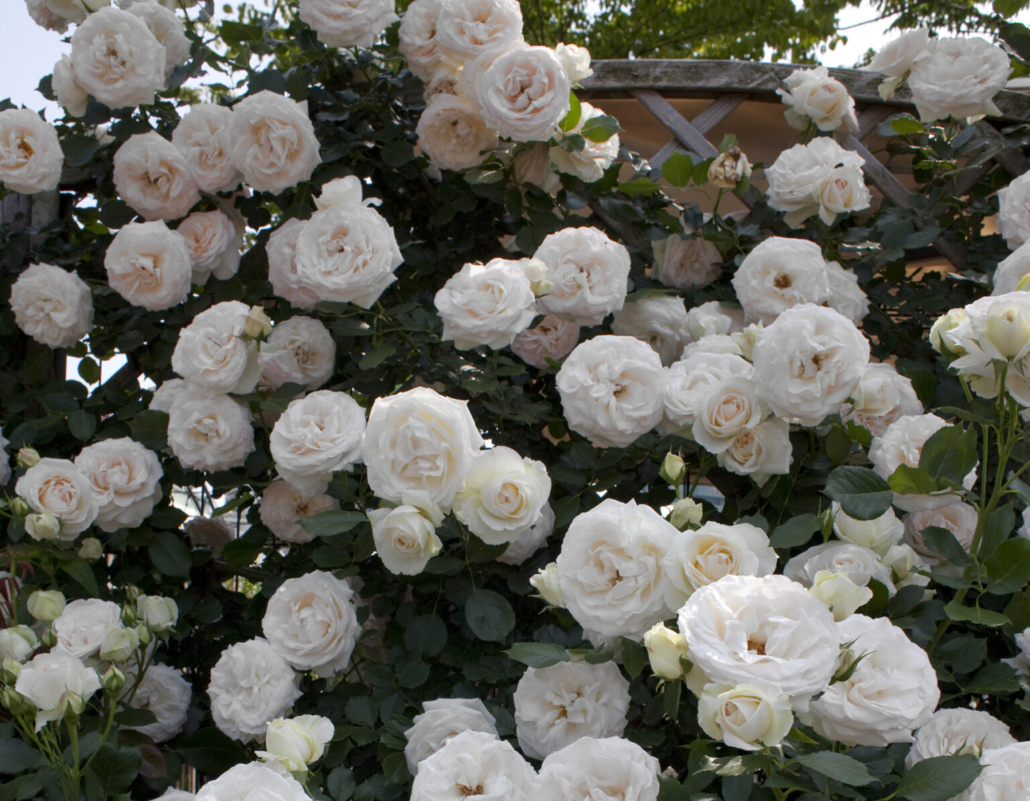
This vigorous, disease-resistant large climber (8’ – 12’) will pump out creamy, buff white blooms throughout the summer. Sometimes, especially in cooler weather, those flowers can be tinged with pink. It offers a light fragrance. This is a classic cottage garden Rose.
We’ve have more great posts to help you grow the best roses ever: How To Plant A Bare Root Rose and How To Have Success with Roses Happy gardening!

